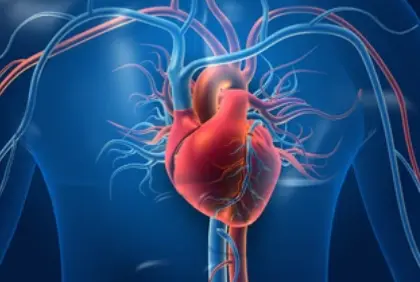 Welcome
Welcome
“May all be happy, may all be healed, may all be at peace and may no one ever suffer."
Thromboembolism - Generics
Thromboembolism is a condition in which a blood clot (thrombus) forms in a blood vessel and then dislodges, traveling through the bloodstream until it becomes lodged in a smaller blood vessel, obstructing blood flow. This can occur in any part of the body, but is most commonly seen in the legs, lungs, and brain.
Risk factors for thromboembolism include immobilization, surgery, cancer, pregnancy, obesity, smoking, advanced age, and genetic predisposition.
Symptoms of thromboembolism vary depending on the location of the blood clot, but can include:
- Leg swelling, pain, or tenderness
- Shortness of breath or chest pain
- Headache, dizziness, or confusion
- Weakness or numbness in the face, arm, or leg
Treatment for thromboembolism depends on the location and severity of the blood clot. It may involve the use of blood thinning medications, such as heparin or warfarin, to prevent further clotting and promote clot dissolution. In severe cases, hospitalization may be necessary for treatment and monitoring.
Prevention of thromboembolism involves identifying and managing risk factors, such as immobility, surgery, or pregnancy. It may also involve the use of medications or compression stockings to improve blood flow and prevent clotting in high-risk individuals.
It is important to seek medical attention if you experience symptoms of thromboembolism, as early diagnosis and treatment can help prevent complications and improve outcomes. A healthcare professional can provide personalized recommendations for prevention and treatment of thromboembolism.

Endometrial carcinoma

Nutrition Hydration

Impetigo

Acute sore throat

Rubella

Tachycardia

Recurrent miscarriage

Fungal keratitis
Thromboembolism, থ্রোম্বেম্বোলিজম
To be happy, beautiful, healthy, wealthy, hale and long-lived stay with DM3S.